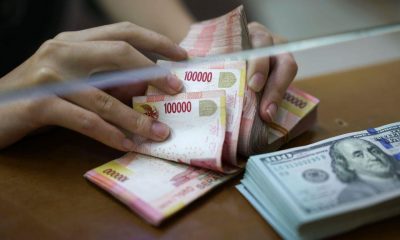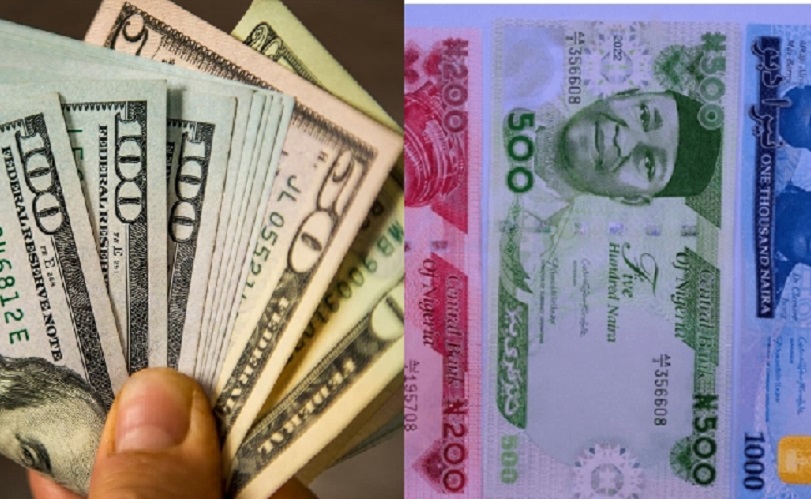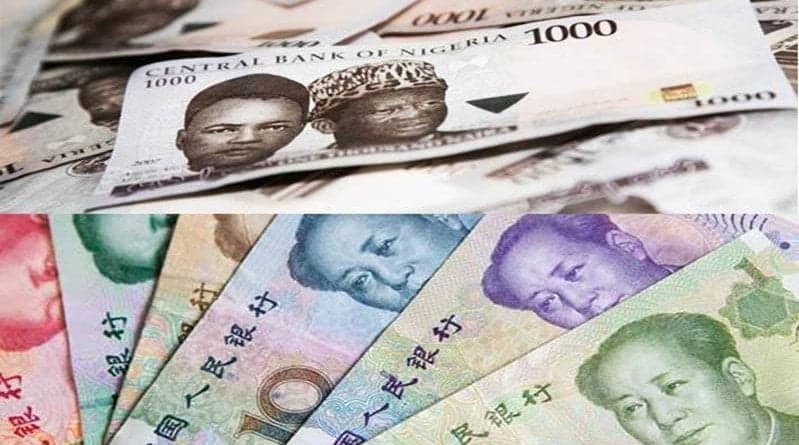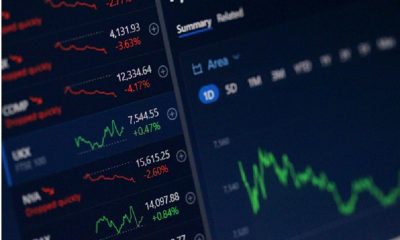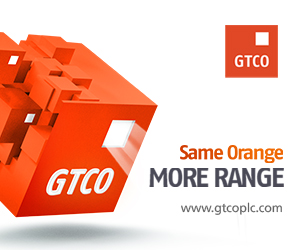Economy
Automating Lot Size Calculations: Tools and Strategies for Efficiency in Forex Trading

The forex market stands as one of the most dynamic financial markets globally. At the center of this dynamism lies the challenge of managing lot sizes. For beginners and even some seasoned traders, determining the appropriate lot size in forex remains a significant point of contention. It’s no secret that the key to achieving a balance between risk and reward in forex trading is closely linked to mastering the art of lot size calculation.
Lot size in forex refers to the number of currency units you are buying or selling in a single trade. The importance of accurately determining this cannot be overstressed. The right lot size is crucial for managing your risk and ensuring the longevity of your trading account. Overestimating can lead to significant losses, while underestimating can mean missed profit opportunities.
Lot Size in Forex: More Than Just Numbers
Lot sizes are categorized into three major groups: standard, mini, and micro. A standard lot represents 100,000 units of currency, a mini lot stands at 10,000 units, and a micro lot, which is commonly preferred by beginners, equals 1,000 units. The size you choose is invariably linked to the depth of your trading account and the risk you’re willing to undertake.
Trading Account: Your Capital’s Keeper
Professional traders understand that the trading account is the foundation upon which they build their forex journey. It’s the reservoir that fuels your trades and, in many ways, dictates the lot sizes you can manage. A deeper trading account can handle the fluctuations of larger trades, thus enabling professional forex traders to leverage larger lot sizes for more significant gains. Conversely, a beginner or someone with a smaller account might choose micro lots to minimize risk.
- Standard Lot: Best suited for large accounts. Represents 100,000 units.
- Mini Lot: Mid-range and represents 10,000 units.
- Micro Lot: Ideal for beginners and represents 1,000 units.
Currency Pairs: The Driving Force of Forex
In forex, you’re not just dealing with one type of currency but a pairing of two, aptly named currency pairs. The currency value of each pair fluctuates, and these fluctuations play a significant role in determining the lot size you should opt for. Most trades in the forex market involve major currency pairs like EUR/USD, GBP/USD, and USD/JPY. For most currency pairs, the value of a single pip (a unit of movement in forex) is approximately $10 for a standard lot.
Pip Value: The Heartbeat of Currency Trading
Understanding pip value is indispensable for traders. The pip value varies across currency pairs and lot sizes. It gives traders insight into how much they stand to gain or lose with every pip movement. For instance, if you’re trading a standard lot of the EUR/USD pair, a single pip movement will mean a $10 change in value. Hence, to calculate profit or potential losses, understanding pip value for your chosen lot size and currency pair becomes paramount.
Efficiently managing lot sizes through strategic tools and methods is pivotal to harnessing the full potential of forex trading. Whether you are at the inception of your forex journey or are an adept trader seeking advanced techniques, mastering how to calculate Forex lots remains a linchpin. This knowledge can significantly impact your trading outcomes, either boosting your profits or safeguarding your trading account from potential pitfalls.
Currency Pair Dynamics and Small Movements
Currency pairs might seem straightforward at first glance, but it’s the nuances of their small movements that can greatly impact a trader’s account. Consider the following:
- EUR/USD: One of the most traded currency pairs. Even tiny fluctuations in its value can lead to significant changes in pip values.
- GBP/JPY: Known for its volatility. Small movements can mean higher potential profits, but also greater risks.
- AUD/NZD: Often considered a less volatile pair. It may offer steadier returns, albeit possibly lower.
Understanding these dynamics is crucial, especially when working with larger lot sizes. Fluctuations in highly traded currency pairs can lead to substantial gains or trading losses.
Forex Brokers: Your Gateway to the Markets
When venturing into the world of trading forex, the importance of choosing the right forex brokers cannot be overstated. Brokers not only give you access to the markets but also offer tools to help calculate lot sizes based on your account currency and desired risk level. Some might even provide automated tools, alleviating the need for manual calculations and ensuring minimum security for your trades. However, always be sure to choose brokers with credible reputations to avoid potential pitfalls.
Account Currency and Trade Planning
Your account currency, often referred to as your deposit currency, is another significant factor when determining lot size. If you’re trading a currency pair where neither currency is your account currency, the lot size calculations might get a bit more complex. For instance, if your account is in GBP, but you’re trading the EUR/USD pair, the profit or loss will first be calculated in USD and then converted to GBP. This conversion might affect your actual gains or losses due to exchange rate fluctuations. It’s essential to factor this in when planning a particular trade.
Minimizing Trading Losses through Calculated Lot Sizes
While it’s impossible to eliminate risks entirely in forex trading, one can surely minimize them. The right lot size can shield you from hefty losses. It provides a buffer against adverse market movements and ensures that even if a trade doesn’t go as planned, it doesn’t spell disaster for your trading account. Combining an understanding of pip values, account currency implications, and the inherent risks of your chosen currency pair will position you to make informed decisions. Remember, in the world of forex, knowledge and preparation can be the difference between thriving and merely surviving.
In conclusion, as you dive deeper into the realms of currency trading, automating the process of calculating Forex lots can provide efficiency, precision, and peace of mind. The tools and strategies explored in this article are just the tip of the iceberg. Continuous learning and adaptation to the ever-evolving forex landscape are what will set you apart. Happy trading!
Economy
Customs Street Chalks up 0.12% on Santa Claus Rally
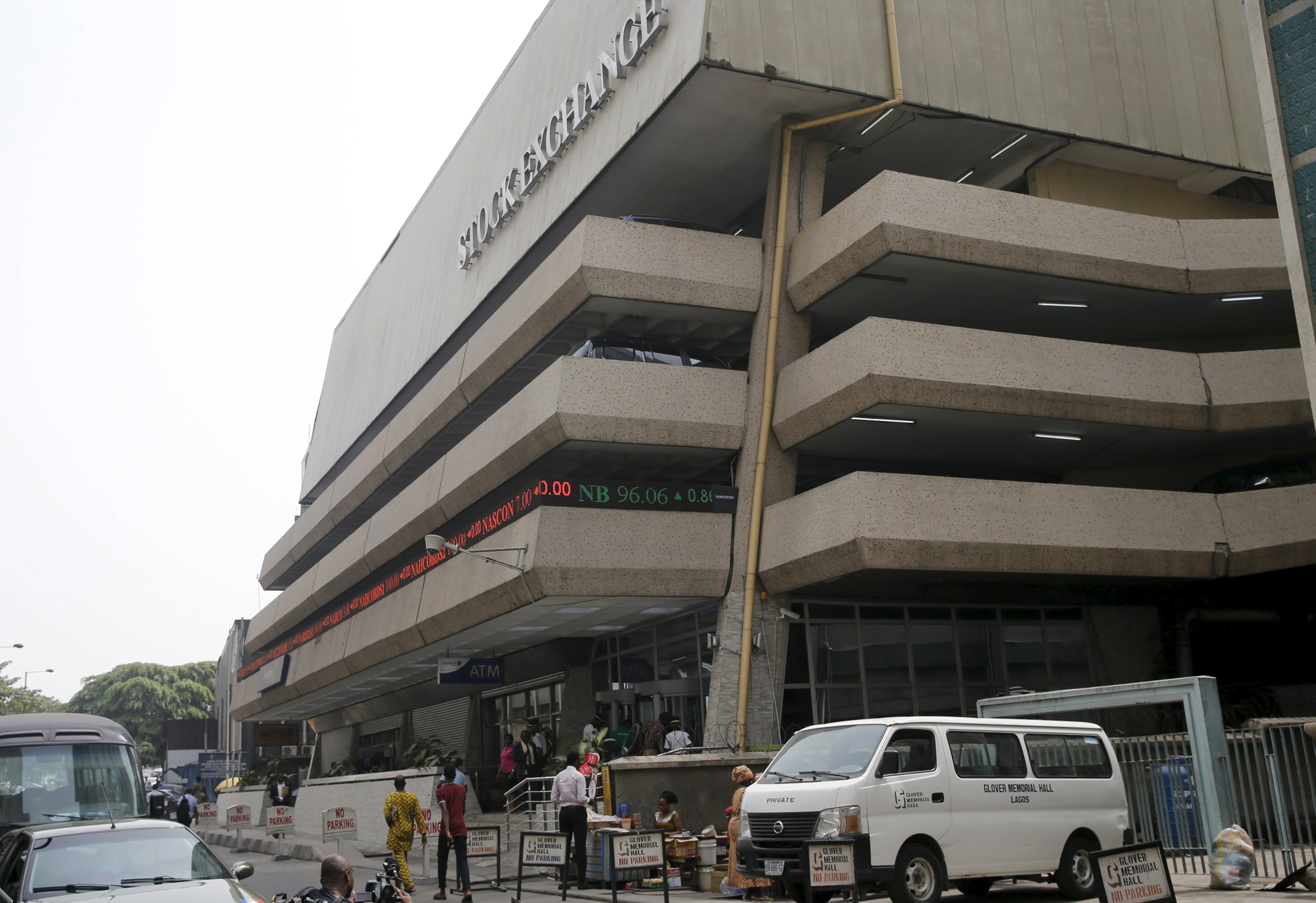
By Dipo Olowookere
The Nigerian Exchange (NGX) Limited witnessed Santa Claus rally on Wednesday after it closed higher by 0.12 per cent.
Strong demand for Nigerian stocks lifted the All-Share Index (ASI) by 185.70 points during the pre-Christmas trading session to 153,539.83 points from 153,354.13 points.
In the same vein, the market capitalisation expanded at midweek by N118 billion to N97.890 trillion from the preceding day’s N97.772 trillion.
Investor sentiment on Customs Street remained bullish after closing with 36 appreciating equities and 22 depreciating equities, indicating a positive market breadth index.
Guinness Nigeria chalked up 9.98 per cent to trade at N318.60, Austin Laz improved by 9.97 per cent to N3.20, International Breweries expanded by 9.85 per cent to N14.50, Transcorp Hotels rose by 9.83 per cent to N170.90, and Aluminium Extrusion grew by 9.73 per cent to N16.35.
On the flip side, Legend Internet lost 9.26 per cent to close at N4.90, AXA Mansard shrank by 7.14 per cent to N13.00, Jaiz Bank declined by 5.45 per cent to N4.51, MTN Nigeria weakened by 5.21 per cent to N504.00, and NEM Insurance crashed by 4.74 per cent to N24.10.
Yesterday, a total of 1.8 billion shares valued at N30.1 billion exchanged hands in 19,372 deals versus the 677.4 billion shares worth N20.8 billion traded in 27,589 deals in the previous session, implying a slump in the number of deals by 29.78 per cent, and a surge in the trading volume and value by 165.72 per cent and 44.71 per cent apiece.
Abbey Mortgage Bank was the most active equity for the day after it sold 1.1 billion units worth N7.1 billion, Sterling Holdings traded 127.1 million units valued at N895.9 million, Custodian Investment exchanged 115.0 million units for N4.5 billion, First Holdco transacted 40.9 million units valued at N2.2 billion, and Access Holdings traded 38.2 million units worth N783.3 million.
Economy
Yuletide: Rite Foods Reiterates Commitment to Quality, Innovation

By Adedapo Adesanya
Nigerian food and beverage company, Rite Foods Limited, has extended warm Yuletide greetings to Nigerians as families and communities worldwide come together to celebrate the Christmas season and usher in a new year filled with hope and renewed possibilities.
In a statement, Rite Foods encouraged consumers to savour these special occasions with its wide range of quality brands, including the 13 variants of Bigi Carbonated Soft Drinks, premium Bigi Table Water, Sosa Fruit Drink in its refreshing flavours, the Fearless Energy Drink, and its tasty sausage rolls — all produced in a world-class facility with modern technology and global best practices.
Speaking on the season, the Managing Director of Rite Foods Limited, Mr Seleem Adegunwa, said the company remains deeply committed to enriching the lives of consumers beyond refreshment. According to him, the Yuletide period underscores the values of generosity, unity, and gratitude, which resonate strongly with the company’s philosophy.
“Christmas is a season that reminds us of the importance of giving, togetherness, and gratitude. At Rite Foods, we are thankful for the continued trust of Nigerians in our brands. This season strengthens our resolve to consistently deliver quality products that bring joy to everyday moments while contributing positively to society,” Mr Adegunwa stated.
He noted that the company’s steady progress in brand acceptance, operational excellence, and responsible business practices reflects a culture of continuous improvement, innovation, and responsiveness to consumer needs. These efforts, he said, have further strengthened Rite Foods’ position as a proudly Nigerian brand with growing relevance and impact across the country.
Mr Adegunwa reaffirmed that Rite Foods will continue to invest in research and development, efficient production processes, and initiatives that support communities, while maintaining quality standards across its product portfolio.
“As the year comes to a close, Rite Foods Limited wishes Nigerians a joyful Christmas celebration and a prosperous New Year filled with peace, progress, and shared success.”
Economy
Naira Appreciates to N1,443/$1 at Official FX Market
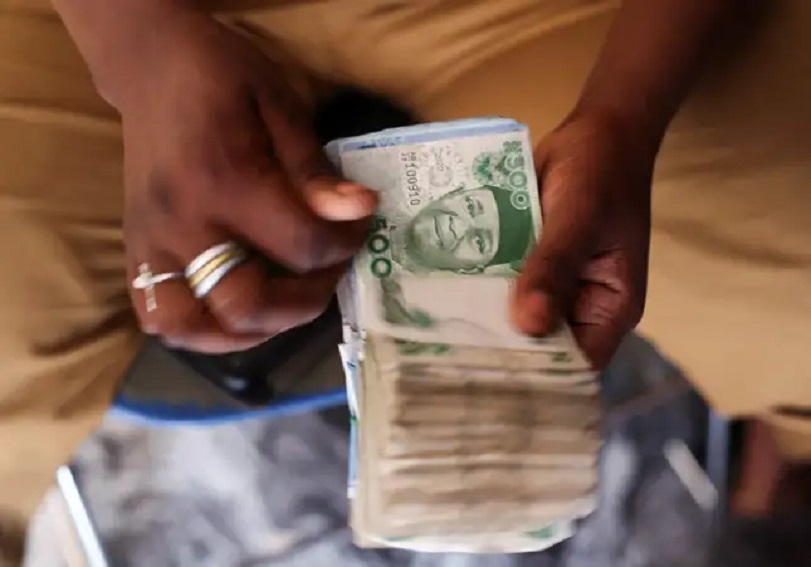
By Adedapo Adesanya
The Naira closed the pre-Christmas trading day positive after it gained N6.61 or 0.46 per cent against the US Dollar in the Nigerian Autonomous Foreign Exchange Market (NAFEM) on Wednesday, December 24, trading at N1,443.38/$1 compared with the previous day’s N1,449.99/$1.
Equally, the Naira appreciated against the Pound Sterling in the same market segment by N1.30 to close at N1,949.57/£1 versus Tuesday’s closing price of N1,956.03/£1 and gained N2.94 on the Euro to finish at N1,701.31/€1 compared with the preceding day’s N1,707.65/€1.
At the parallel market, the local currency maintained stability against the greenback yesterday at N1,485/$1 and also traded flat at the GTBank forex counter at N1,465/$1.
Further support came as the Central Bank of Nigeria (CBN) funded international payments with additional $150 million sales to banks and authorised dealers at the official window.
This helped eased pressure on the local currency, reflecting a steep increase in imports. Market participants saw a sequence of exchange rate swings amidst limited FX inflows.
Last week, the apex bank led the pack in terms of FX supply into the market as total inflows fell by about 50 per cent week on week from $1.46 billion in the previous week.
Foreign portfolio investors’ inflows ranked behind exporters and the CBN supply, but there was support from non-bank corporate Dollar volume.
As for the cryptocurrency market, it witnessed a slight recovery as tokens struggled to attract either risk-on enthusiasm or defensive flows.
The inertia follows a sharp reversal earlier in the quarter. A heavy selloff in October pulled Bitcoin and other coins down from record levels, leaving BTC roughly down by 30 per cent since that period and on track for its weakest quarterly performance since the second quarter of 2022. But on Wednesday, its value went up by 0.9 per cent to $87,727.35.
Further, Ripple (XRP) appreciated by 1.7 per cent to $1.87, Cardano (ADA) expanded by 1.2 per cent to $0.3602, Dogecoin (DOGE) grew by 1.1 per cent to $0.1282, Litecoin (LTC) also increased by 1.1 per cent to $76.57, Solana (SOL) soared by 1.0 per cent to $122.31, Binance Coin (BNB) rose by 0.6 per cent to $842.37, and Ethereum (ETH) added 0.3 per cent to finish at $2,938.83, while the US Dollar Tether (USDT) and the US Dollar Coin (USDC) remained unchanged at $1.00 each.
-

 Feature/OPED6 years ago
Feature/OPED6 years agoDavos was Different this year
-
Travel/Tourism9 years ago
Lagos Seals Western Lodge Hotel In Ikorodu
-

 Showbiz3 years ago
Showbiz3 years agoEstranged Lover Releases Videos of Empress Njamah Bathing
-

 Banking8 years ago
Banking8 years agoSort Codes of GTBank Branches in Nigeria
-

 Economy3 years ago
Economy3 years agoSubsidy Removal: CNG at N130 Per Litre Cheaper Than Petrol—IPMAN
-

 Banking3 years ago
Banking3 years agoFirst Bank Announces Planned Downtime
-

 Banking3 years ago
Banking3 years agoSort Codes of UBA Branches in Nigeria
-

 Sports3 years ago
Sports3 years agoHighest Paid Nigerian Footballer – How Much Do Nigerian Footballers Earn



